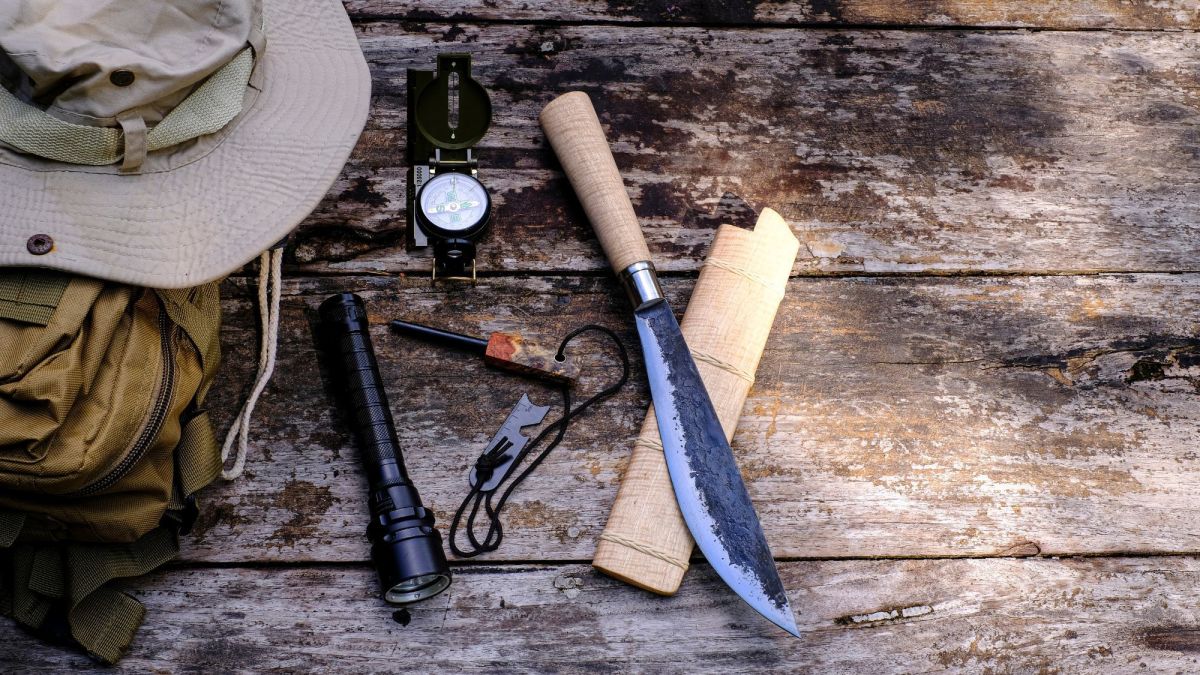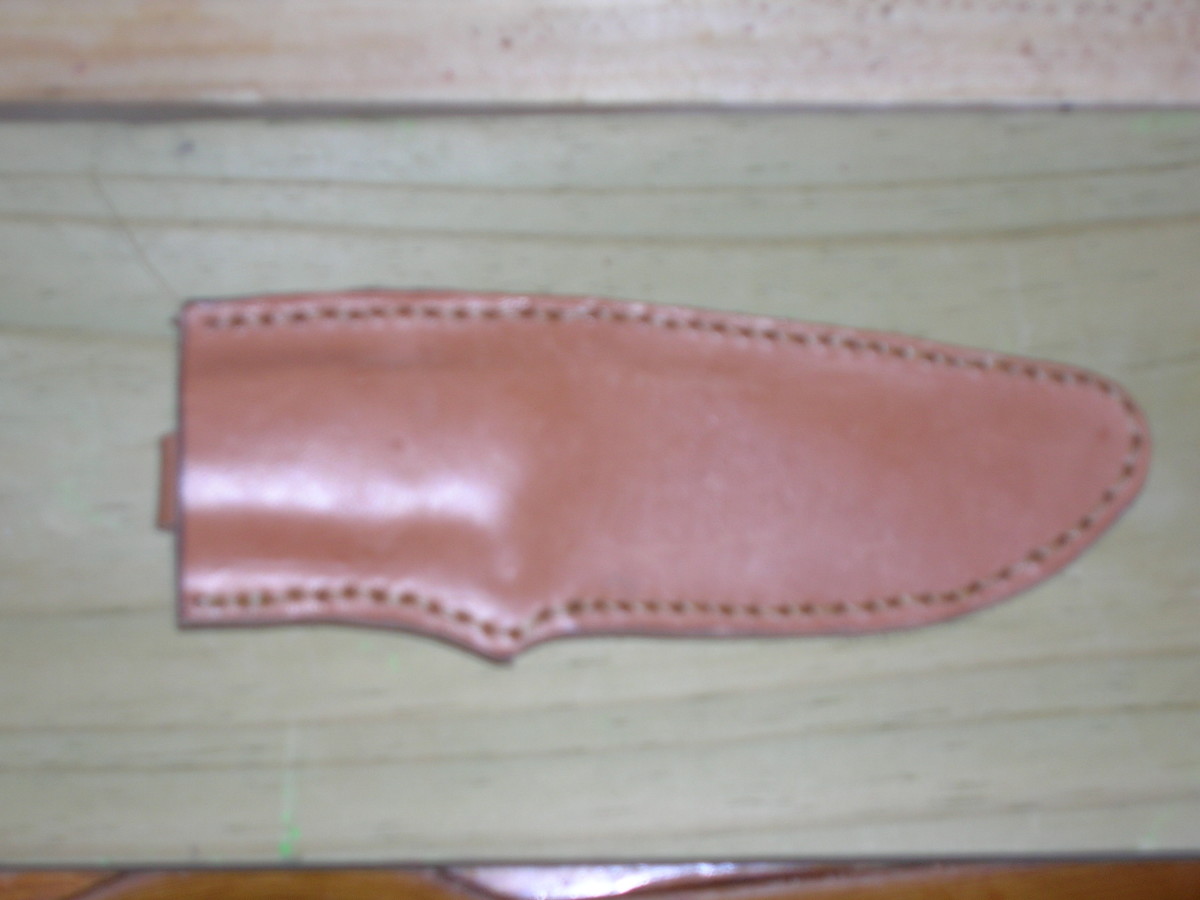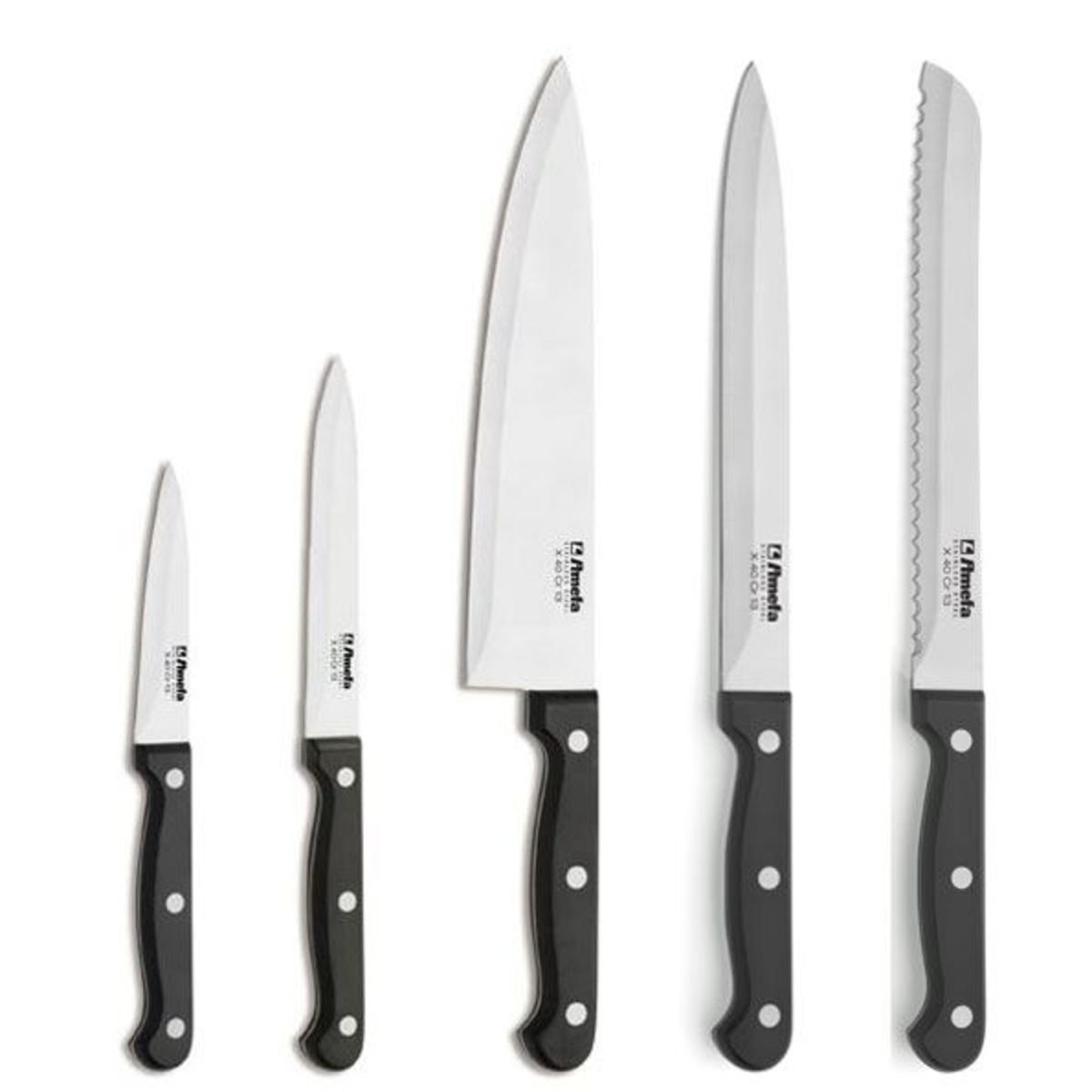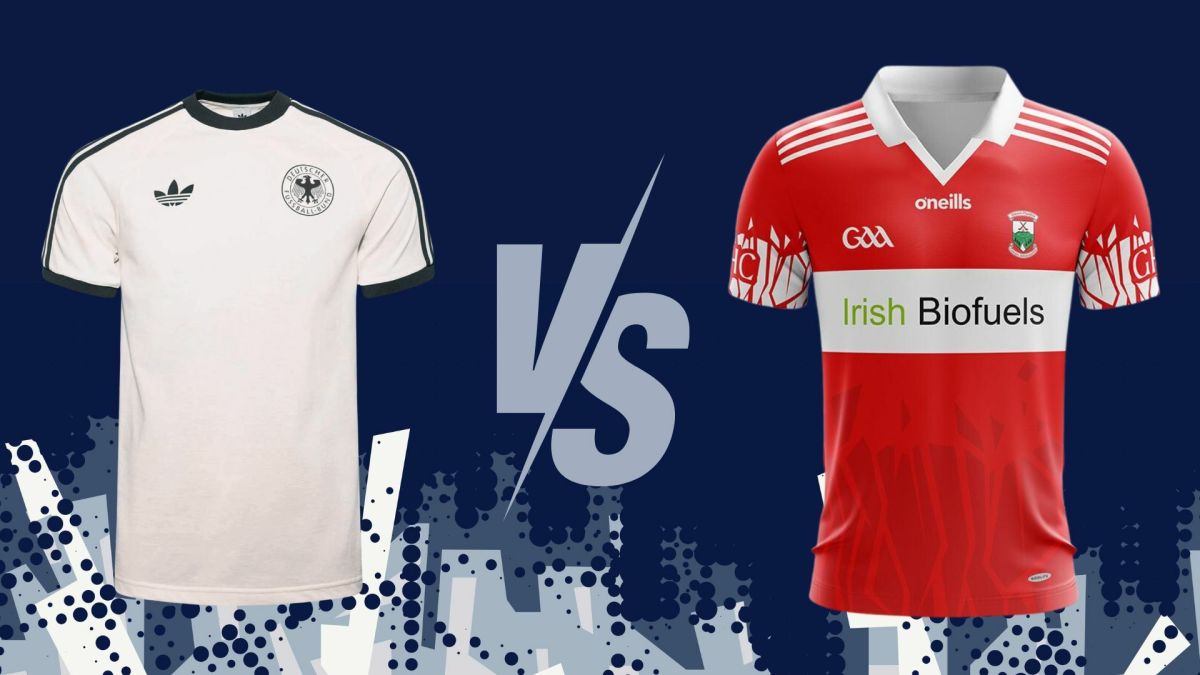How to Choose the Best Knife
My Good Old Buck Knife
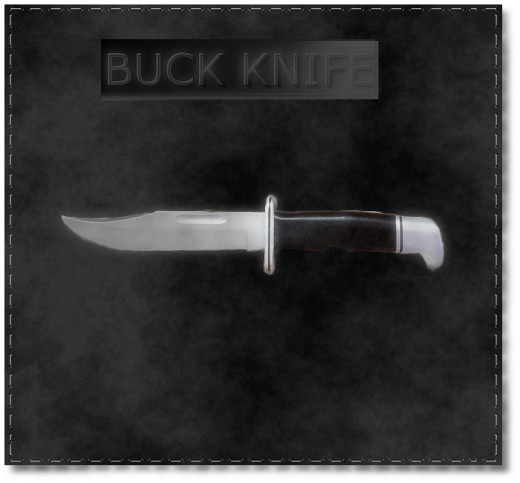
How Much Should I Spend on a Knife.
Choosing a good knife to carry with you is a tricky business. A good knife is an investment, you do not need to spend a fortune, but you should be prepared to spend a decent amount of money on it, after all, the knife you choose could mean the difference between life and death. In an emergency you do not want to find that you had saved a few dollars, and ended up with a knife that broke in your hand.
Knives
How Much Would You Pay For A Good Knife
A Few Basic Things You Need to Know Before Choosing a Knife
A fixed bladed knife, is one that does not fold or have any knick knacks attached. When choosing a fixed bladed knife, there are a few thinks that you have to look for.
A Tang That Goes All The Way to the End of the Handle
Make sure the tang goes all the way through the handle ( that means that the metal part of the knife that is attached to the blade goes all the way to the end of the knifes handle ). Forget about those knives with hollow handles and a lot of different tools inside. Survival knives with a lot of stuff build in to them, sure are pretty to look at, some of them have a whole bunch of tools build into the hollow handle, they have a compass at the end, and everything from fishing hooks to a flexible saw inside the hollowed out handle. This might look like a very good buy, but the truth is, a hollowed out handle spoils the knife, a hollowed out handle means that there is hardly any support between the blade and the handle of the knife, I am pretty sure that any survival expert will tell you, do not buy a knife with a handle that could so easily break.
What Lengh Knife Should I Buy?
In the movies we always see a bushmaster/survival expert with a knife that looks like a short sword, a gigantic piece of steel, a fearsome blade that looks like it could hack the head of a wild boar in one stroke. In real life a survival expert would recommend a knife of more modest length, I personally recommend a blade length of between 6 to 10 inches, any more then that and it becomes unwieldy.
If you plan to carry a knife that has a blade length greater then 10 inches, buy a machete.
Buck Hood Hoodlum
What is the Best Weight for a Knife?
I have seen many budding knife buyers choose a 12 inch solidly build knife, they would hold in it their hands making comments like '' that has a nice heft to it '' '' this feels like a solid piece of steel '' or, I kid you not, one guy actually said this, '' I could chop me down a big ole tree with this ''. Which would be great if he was planning to chop down a tree. Why he did not just buy an axe, I could not understand, but imagine having to carry that heavy piece of steel around, having a heavy knife dangling on your waist is OK for the first couple of miles, but over long distances it becomes cumbersome and tiring. When buying a survival knife/camping knife always choose a weight that you are very comfortable with. Imagine yourself walking miles with it. Strap it on and see how it feels before you buy it. Most good shops will allow you to test the weight of the knife on your belt.
What Blade Material is the Best?
Everyone has their own preference for the materials that their knives are made from, so I will not advise you on what to choose here, just keep a few things in mind. Stainless steel is less prone to corrosion, but it is harder to sharpen, carbon steel needs a little more care, and is much easier to sharpen.
My personal favorites are S30V or the 420hc, but you will need to do a little bit of research on the pro's and cons of the different types of materials used for your knife.
Diving Knife
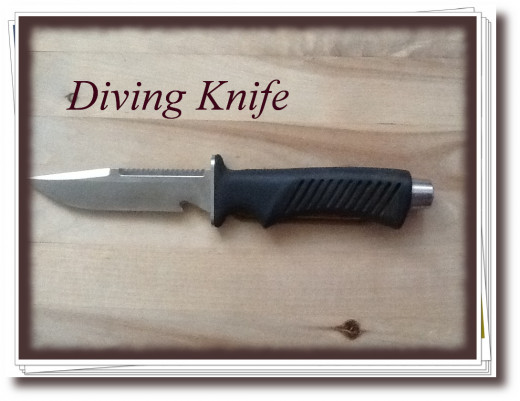
Atomic Aquatics Titanium
Knife Handle Materials.
A knife handle can be made from a variety of materials. Ranging from the high tech artificial materials to different types of wood, same as in the blade, you will need to choose a material that best suits your needs , what kind of environment do you plan to use your knife in? , eg: a wooden handle is not suitable for diving, and a smooth plastic handle can get slippery in cold wet weather.
Traditionalists usually choose a wooden handle.
Divers or peoples who use a knife in a very wet environment choose a rubber or textured handle.
You do not need to limit your choices to these two, there are a wide variety of choices out there.
Always Choose a Handle Size That Fits Your Hand.
Choosing a knife that is comfortable to hold is paramount, a handle that is too large will be a strain to use for long periods of time, one that is too small will easily slip out of your hand and could be a danger to you or the people around you.
What Material Sheath Should I Choose.
Leather sheaths are the most common knife sheath to be found, although they do need a little bit of care, oiling and waterproofing, leather is still my favorite material for a knife sheath. Leather is harder to keep clean then a kydex sheath, it also has a tendency to harden and crack with age. But it is a classic, and if well looked after will easily last a lifetime.
Kydex runs a close second in popularity, my only problem with kydex is that it isn't leather :)
Kydex does have its advantages and disadvantages. Water does not effect it, it is easier to clean then leather, and it usually does away with the troublesome lanyard that hold the knife in the sheath. The disadvantages are that it can crack if dropped on a hard surface, it usually takes quite a few drops, but it does happen, usually around weaker parts of the kydex sheath, such as around eyelets or rivets. Knives also lose their edge little bit faster in a kydex sheath then in a leather one.
Knife
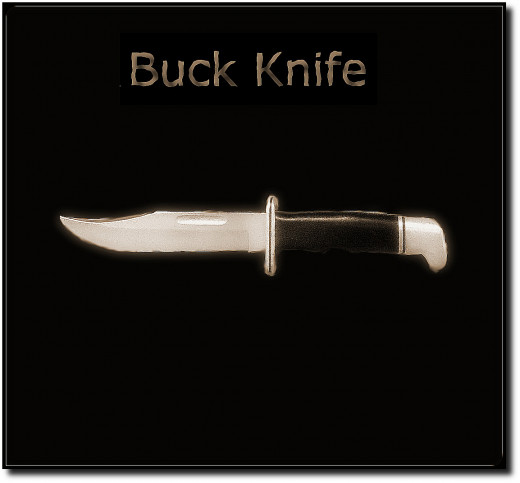
Should everyone own a good knife?
Conclusion
While I have very briefly touched on a few main points when choosing a knife, you can see from what I have written that it is all a matter of preference, every knife aficionado will tell you that the one they chose is the best, everyone has a favorite knife. What they have chosen might not suit you, it might be too heavy, too long, too short, too hard to sharpen or it might lose its edge to easily. At the end of the day the choice will have to be yours. In all likelihood you will have to purchase a couple of different ones before you find the one that is a perfect fit for you.
© 2013 ketage





